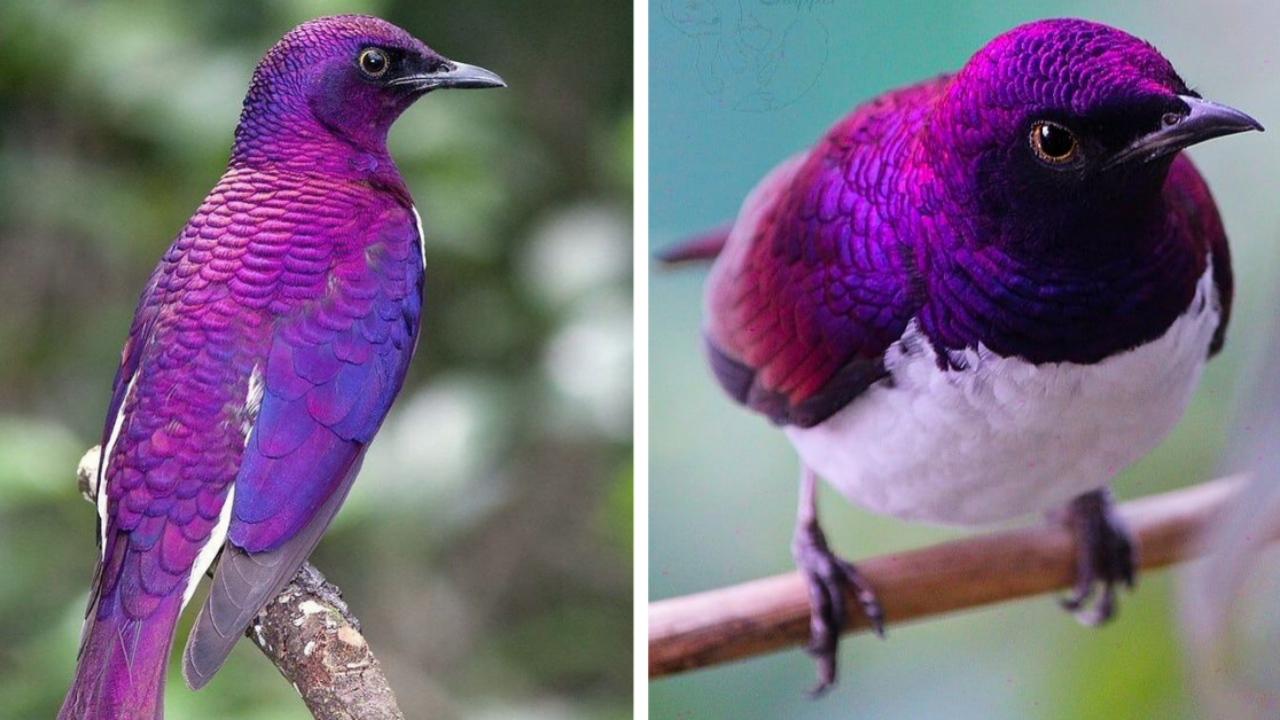
Spring is almost like the world celebrating life, with plants blooming and flocks of birds singing. Speaking of birds bursting into song, one we frequently hear in the spring is the starling, which gives life to many urban gardens in us.
The amethyst starling stands out from the rest of the starling species. Once you've seen one, you'll understand why they've earned this enviable moniker! The amethyst starling ranges from north to south Africa, up to Senegal on the continent's west coast and northern Tanzania on its east coast. Loving woodland, savannah forest edges, riverine habitats, and amethyst starlings are beautiful birds, but they are invasive, pushing out other species as they move in.
 |
| Image Credit: whisperia.official |
Many people have made significant contributions to our society. Some of them were historical figures who left an indelible mark on history. Others were ordinary people who did something extraordinary. But, regardless of what they did or how large or small their contribution was, everyone deserves to be recognized and respected. And what good are we if we can't do that?
 |
| Image Credit: joelcravenwee |
During his presidency of the American Acclimation Society, 60 European starlings were released into New York's Central Park in the hopes that they would breed.
Unfortunately, they did, and the United States now has approximately 200 million European starlings, which is inconvenient.
 |
| Image Credit: PierreSelim |
Starlings are omnivorous birds that eat seeds, fruit, bugs, worms, grubs, plant bark, flowers, and leaves. They are frequently found near water, foraging for small fish, aquatic invertebrates, and crustaceans.
They do not migrate far from their breeding grounds, but they can cover long distances during migration.
 |
| Image Credit: chasing.io |
 |
| Image Credit: chasing.io |
Those birds, as beautiful as they are to look at, can be real monsters during times like that.

